How to Visualize Size and Dimensions in E-commerce
After an hour of scrolling through one of my personal favourite webstores; Catawiki, I finally found a truly unique vase. Finding something extraordinary, especially second-hand, is, in my opinion, a nightmare online. The photography is often terrible, and the descriptions aren’t much better.
But this vase? It was reasonably well-photographed, so I decided to take the risk. I was beyond excited about its arrival, though the delivery took forever. Then, one day, the package arrived. I didn’t understand it—the DHL courier handed me a parcel no bigger than 15 x 15 cm. Surely, this couldn’t be the vase? Could it?
As I unwrapped it, tears of laughter streamed down my face. The vase was a mini vase—at least 6 times smaller than I’d expected. I looked back at the photo on Catawiki. The vase had been photographed against a plain white background with no reference for scale. And, like 90% of consumers, I don’t read product descriptions carefully. So, I’d missed the dimensions buried somewhere in the text.
There are such simple ways to prevent this kind of disappointment for your customers when it comes to size and scale. Here are 6 tips to inspire you on how to visualise dimensions effectively, ensuring your customers aren’t disappointed—or worse, return your product.
1. Context of the product
Show how the product fits within a familiar context. For example, placing four chairs around a dining table gives a clear sense of how large the table runner is.
2. Context of the environment
Present your product in a universally recognisable setting. A bedside lamp next to a bed or a rug in a living room helps customers instantly grasp the product's scale.
3. Styling reference items
Include a styling element that acts as a size reference. A tulip in a vase, for instance, immediately communicates the vase’s size since most people know the approximate size of a tulip.
4. Use the human body
Everyone can recognise body parts and understand the scale of a product when compared to them. Holding a bag, a phone or wearing jewellery can instantly demonstrate the product’s dimensions.
5. Let the content speak for itself
Showing a dessert plate with a slice of cake or a steak on a grill naturally illustrates the product’s size. The same goes for items like rice in a storage jar or a laptop in a bag.
6. When natural options fail, add an illustration
If it’s impossible to show the product's size naturally, use an illustration. It’s still 100 times better than relying on customers to read the description.
Most of these solutions cost little to nothing, so don’t miss the opportunity to inform your customers properly about size and scale. By doing so, you’ll avoid unwanted surprises, reduce returns, and keep your customers coming back for more—instead of losing them forever.







